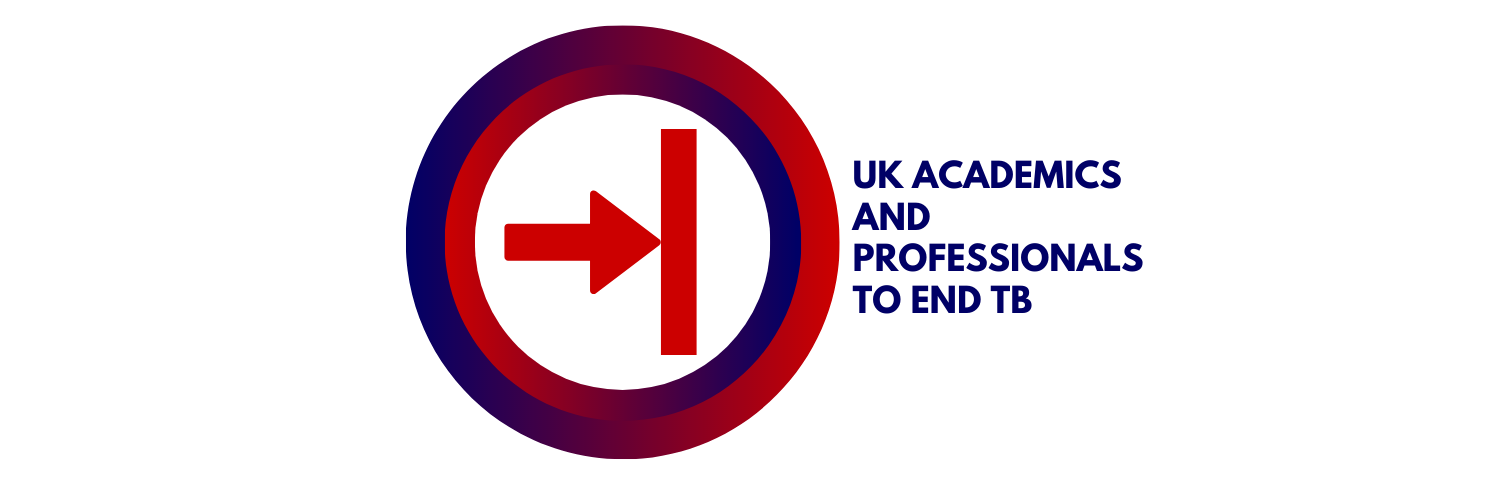University of Sheffield
Tuberculosis in Sheffield and the Sheffield Teaching Hospitals NHS Foundation Trust Clinical TB Service
In Sheffield the rate of active tuberculosis is 14.7 per 100,000 population for the period 2013-15 (this equated to about 80 cases a year). Sheffield rate has been consistently higher than the England average, the latest rate for which is 12.0 per 100,000 population.
Incidence of TB also varies across Sheffield’s communities. It is strongly associated with deprivation for example. Other groups of people disproportionately affected include ethnic minorities (Pakistan, Horn of Africa), some migrant groups (Roma Slovak), and those people with a past or current social risk factor for the illness (including homelessness, alcohol or drug misuse or imprisonment).
The service is jointly run by consultants from the respiratory medicine and infectious diseases departments of the Northern General Hospital and the Royal Hallamshire Hospital with support from a TB community nursing team. The Sheffield Teach Hospitals (STH) TB service manages ~70 new cases of active TB each year and many more latent TB through contact tracing, the national new entrant screening programme and referrals from pre-immunosupressive therapy and HIV patient screening.
As well as out patient clinics the service provides inpatient facilities (7 negative pressure rooms) and manages HIV/TB coinfection, complicated pulmonary TB (with interventional radiology and cardiothoracic surgical support) and is a regional referral centre for MDR-TB (2-3 cases each year), also being an accredited site for the use of Bedaquiline and Delaminid. The TB service is supported diagnostically with access to induced sputum, bronchoalveolar lavage and endobronchial ultrasound guided biopsy and the regional microbiology laboratories at the Northern General Hospital which provide sputum smear microscopy, Gene Xpert rapid PCR, mycobacterial culture and antigen testing.
All isolates are sent to the national mycobacterial reference laboratory (Birmingham) for identification and susceptibility testing using whole genome sequencing and direct sensitivity testing. STH TB service works closely with Sheffield Children’s Hospital and obstetric and neonatal services, regional hospitals in South Yorkshire and North East Derbyshire and with Public Health England through the Sheffield TB network, the South Yorkshire Cohort review process and the Yorkshire and the Humber and North East TB control board.
Applied health research for the delivery of tuberculosis services
Clinical researchers based in the Departments of Infection, Immunity and Cardiovascular Disease (IICD) and School for Health and Related Research have interests in applying mixed methods approaches to evaluate clinical experience and models of service delivery for tuberculosis. We have worked in the UK and internationally using a combination of epidemiology, qualitative methods and health costing. Specific research programmes have focussed around people in Malawi presenting with recurrent tuberculosis; migrant populations and people admitted to respiratory isolation in the UK.
Mathematical modelling and epidemiology of tuberculosis
Members of the School of Health and Related Research have interests applying mathematical and statistical methods to understanding tuberculosis (TB) transmission and epidemiology, and the impact and cost-effectiveness of interventions. This includes includes developing methods for burden estimation, eg calibrating TB transmission models to prevalence survey and other data, and for understanding the geographical patterns of resistance to different anti-TB drugs and the burden of drug resistance.
We are also leading modelling for the TREATS project to understand the impact and cost-effectiveness of the PopART cluster randomized trial of active TB case finding and universal test-and-treat for HIV, and around interventions to improve case finding and service delivery for paediatric TB as part of the TBSPEED and CaP TB projects. Other work includes analysis to better understand individual TB patient pathways through the health system in Taiwan, using insurance data.
Zebrafish in vivo models of infection
Sheffield has one of the biggest zebrafish research communities in the UK, held in The Bateson Centre, studying a wide range of disease models. Over the last 15-20 years the zebrafish embryo has proved itself a useful model to understand disease processes in vivo due to the transparency of tissues and ease of transgenic line generation allowing high content fluorescence imaging. The Department of Infection, Immunity and Cardiovascular Disease has a hub of three laboratories investigating human infection models using zebrafish as a model, covering both bacterial and fungal pathogens.
The Elks Lab investigates the early pathogenesis of TB, using Mycobacterium marinum (Mm). Mm is the closest related mycobacterium species to human Mtb complex, and is a natural fish pathogen, allowing host pathogen interaction to be studied in a natural host-pathogen pairing. Just as in human TB, zebrafish infected with Mm develop caseating granuloma structures that pathologically highly resemble those of human Mtb infection. Furthermore, these structures develop in only a few days in the embryo, initially formed by cells of the innate immune response, neutrophils and macrophages.
The Elks Lab aims to understand the basic biology of the early TB host-pathogen interaction to identify potential host-derived therapeutic targets, to boost innate immunity and circumvent the rising problem of multi-drug resistance. His lab focuses on the genetic component of hypoxia signalling, via the HIF-alpha transcription factor, as hypoxia has the capacity to boost the innate immune response to mycobacterial infection. The large group of infection and zebrafish labs in Sheffield allows investigation into different aspects of host-immune processes and comparison of TB to other pathogenic infections in the zebrafish in vivo model.
